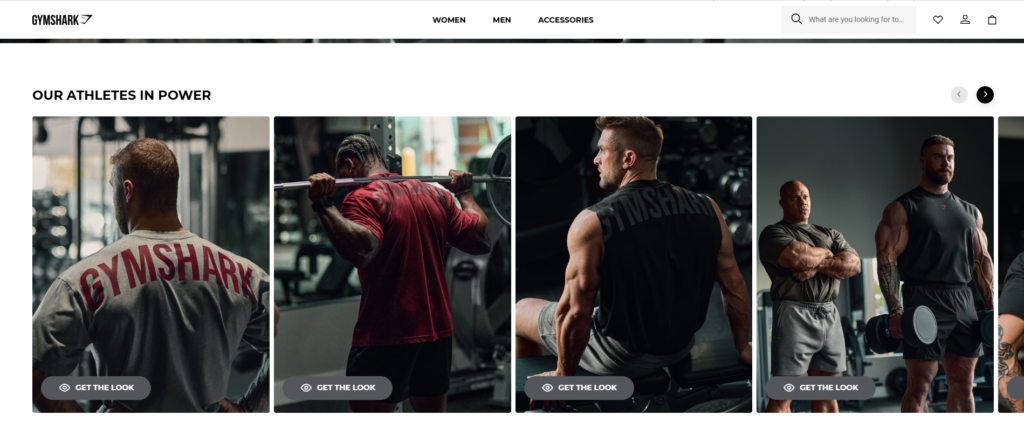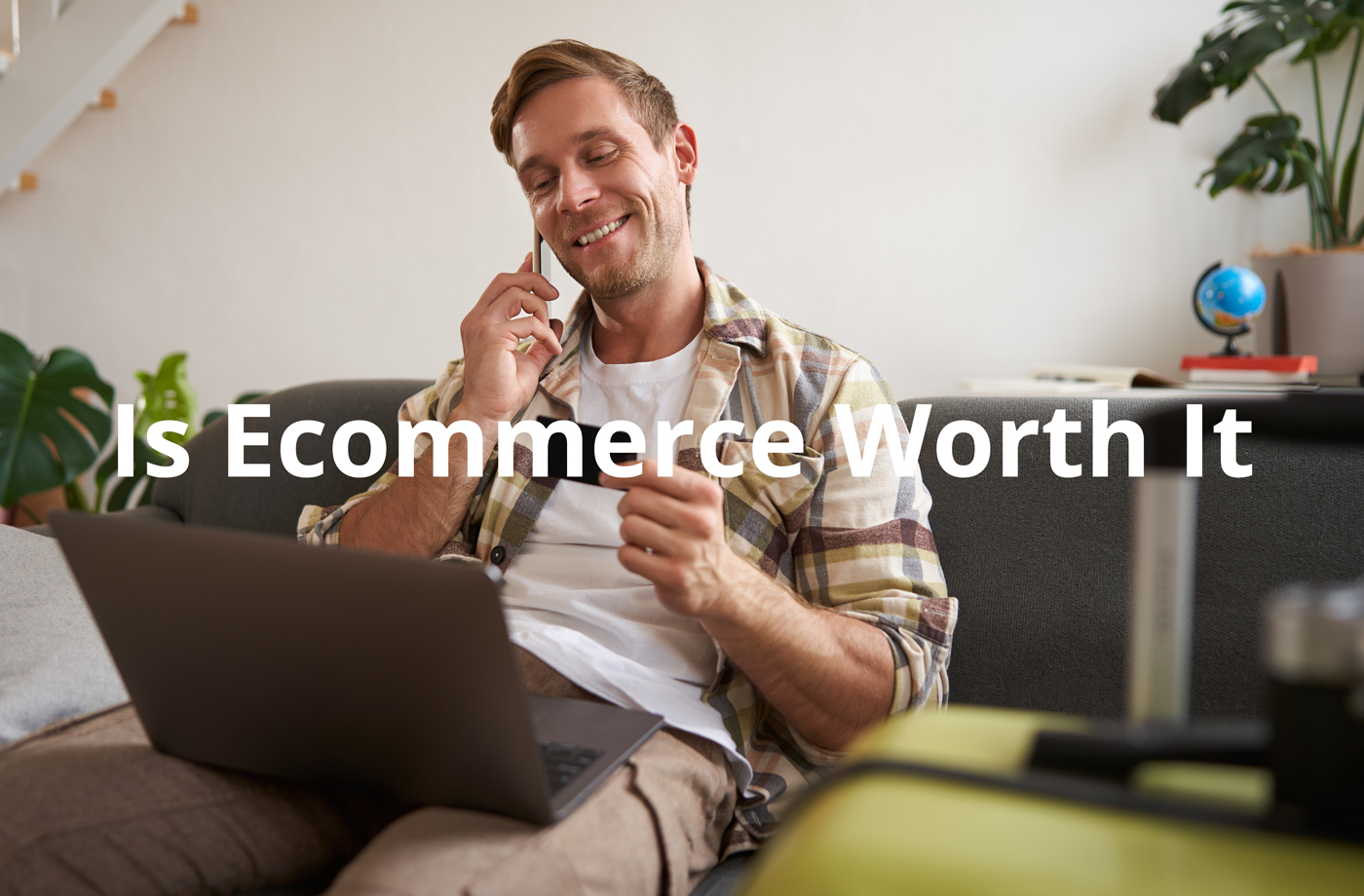When you type “Is ecommerce worth it?” into a search engine, what you’re really asking might be: “Can my product stand out in this digital red ocean?” “Will the time and money I invest go to waste?” Or, more bluntly: “Can I become the next Amazon, or am I destined to become cannon fodder in the statistics? ”
From individual artisans earning millions a year on Etsy to the near-monopoly of traffic by giant platforms, the world of e-commerce is full of contradictions. It’s both a utopia of “zero-barrier entrepreneurship” and a competitive arena that demands strategy, resilience, and a bit of luck. The answer may lie in this simple truth: “Whether e-commerce is worth it depends on whether you can turn ‘possibility’ into ‘sustainability.’”
In the following content, we’ll explore whether e-commerce is worth it for you from a unique perspective.
The evolution of e-commerce
E-commerce has grown rapidly since the rise of the internet in the 1990s. In the early days, platforms like Amazon and eBay pioneered online transactions. As technology advanced, new forms of e-commerce emerged, and consumer habits shifted—from ordering on computers to shopping on mobile phones, and from discovering products on social media to passively receiving personalized recommendations.
Over the years, e-commerce has expanded dramatically, diversifying in form and function. Today, technological advancements enable more sellers to easily create their own branded websites using e-commerce platforms like Shopify and WooCommerce, allowing them to compete with giants like Amazon.
No matter how e-commerce evolves, it remains a sales channel, much like traditional brick-and-mortar stores. At its core, success always starts with the product.
Is e-commerce worth it
The answer is Yes. Here are the reasons:
- In 2024, e-commerce made up over 17% of global retail sales. With the widespread use of smartphones, mobile commerce sales are projected to hit $3.35 trillion by 2028, with mobile shopping revenue expected to account for 63% of total e-commerce sales.
- Global e-commerce sales surpassed $7 trillion in 2024 and are forecasted to exceed $10.4 trillion by 2028.
- E-commerce failures are often more common than successes. The term “oversaturation” is frequently used by those who blame the industry for their lack of success rather than their own approach.
When people ask this question, what they’re really asking is whether a specific market they’re considering is oversaturated. However, the potential of the market is limitless, with thousands of untapped opportunities still available.
What are the successful cases
Warby Parker: Revolutionizing the eyewear industry with a customer-focused approach

When Warby Parker was founded in 2010, the eyewear market was controlled by a handful of high-priced brands. Co-founders Neil Blumenthal and Dave Gilboa identified a gap in the market: providing stylish, affordable eyewear online while addressing the challenge of trying on glasses before purchasing.
Key Strategies:
Home try-on program: Customers can select up to five frames to try at home for free, removing the uncertainty of buying glasses without seeing them in person.
Vertical integration: By handling design, manufacturing, and direct-to-consumer sales, Warby Parker has been able to offer significantly lower prices (starting at $95, compared to competitors’ $300+ prices).
Social mission: For every pair of glasses sold, the company donates a pair to someone in need, fostering brand loyalty and aligning with a purpose-driven ethos.
Warby Parker’s combination of convenience, affordability, and social responsibility quickly gained traction. The company went public on the NYSE in 2021 with a market capitalization exceeding $6 billion. It later expanded into physical retail locations, merging online convenience with in-person trust.
Gymshark: From garage startup to a $1.45 billion fitness powerhouse

At just 19 years old, Ben Francis, a pizza delivery driver, started Gymshark in 2012 with only $1,200. His vision was to create fitness apparel that connected with young athletes like himself.
Key strategies:
Early influencer partnerships: Gymshark provided its products to fitness influencers on YouTube and Instagram, sparking organic growth within niche fitness communities.
Direct-to-consumer model: Francis initially used Shopify and print-on-demand suppliers to test designs without the risk of holding inventory.
Community engagement: The brand organized pop-up events and fitness expos, transforming customers into passionate brand advocates.
By 2020, Gymshark’s annual revenue hit £258 million, solidifying its status as a favorite among Gen Z consumers. Its rapid growth attracted private equity firm General Atlantic, which valued the company at $1.45 billion in 2020.
Conclusion
As e-commerce has become a primary business for many, it has also become the top choice for those looking to start an online side hustle.
For those willing to invest time, creativity, and strategic planning, the digital marketplace can be a goldmine. But let’s be honest—it’s not a shortcut to success. The competition is fierce, trends shift overnight, and profitability requires constant adaptation.
Today, customer acquisition costs continue to rise, making it harder for sellers who rely solely on dropshipping to thrive. Finding a niche market will be your most crucial first step.
FAQ
Is ecommerce legit?
How long does it take to make money in e-commerce?
It depends on your niche and strategy. Some stores become profitable within a few months, while others may take a year or more.
Is e-commerce better than traditional retail stores?
It depends on your goals. E-commerce offers lower operating costs and global reach, while retail stores provide a physical shopping experience and a fixed sales location.
Do I need a website to start an e-commerce business?
Not necessarily. You can sell on marketplaces like Amazon, Etsy, or eBay. However, having your own website gives you more control over your brand and business.


0 Comments